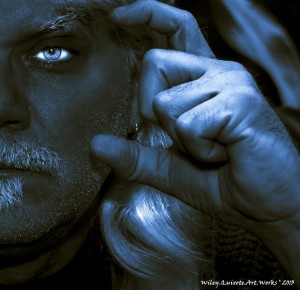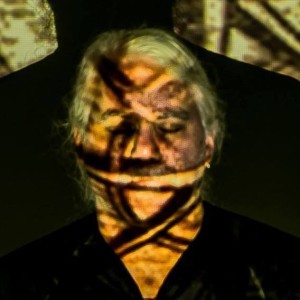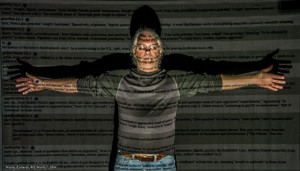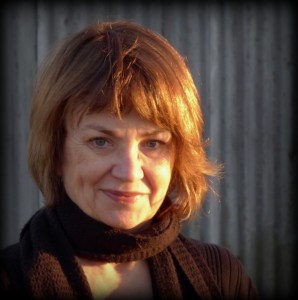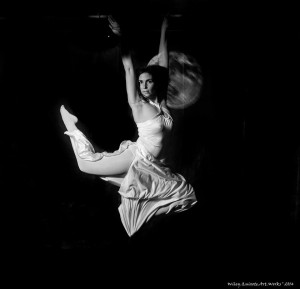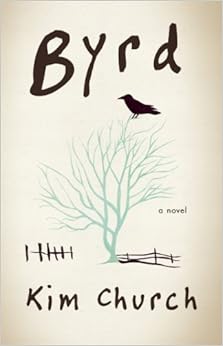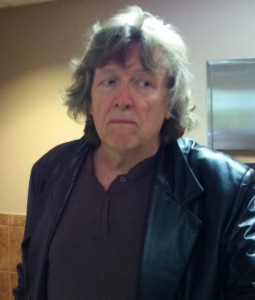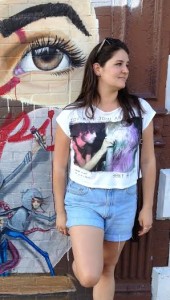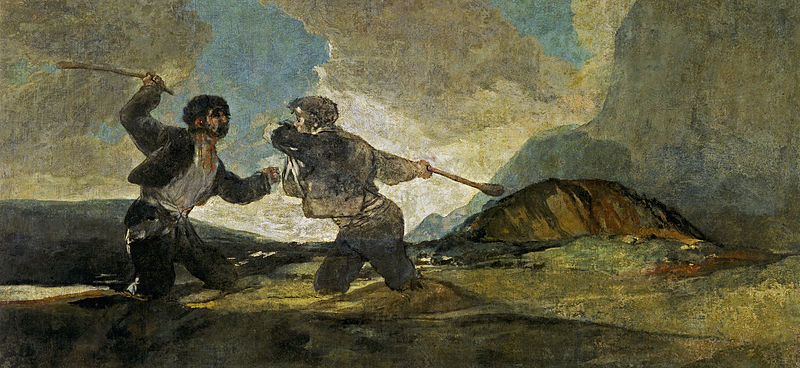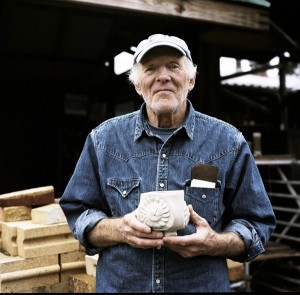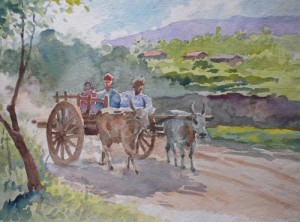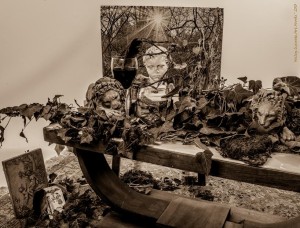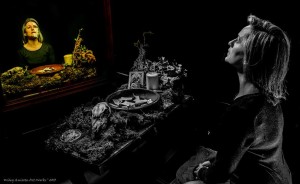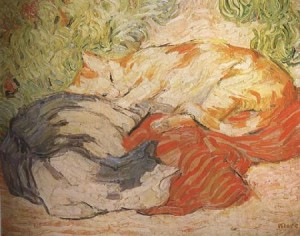
Read Carrie’s wonderful poem “Scar Tissue” in the Spring 2014 issue.
Kristin Distel: You’ve stated that you admire the work of Glück, Plath, and Trethewey. In what ways have these and other poets influenced your work?
Carrie Krucinski: As you can see, they’re all women. It’s not that I don’t enjoy the poetry of men like Robert Lowell, Bruce Weigl, and Charles Simic, because I do. But I feel such a kinship with female poets, especially those that have had any trouble with mental illness. When I was first diagnosed with Borderline Personality Disorder, I had to have an outlet for what was going on inside my head. These women understand me, and I understand them. Even if the poetess has not had a problem with mental illness, there seems to be so much they are trying to work out in their poetry. This past March, I had the opportunity to attend a lecture by Trethewey. Listening to her explain that she communicates with her father about issues of race through her poetry was beautiful and familiar. I think I try to explain myself to the world through my poetry, as well. The one overwhelming influence these women have had on me is to be honest. I think they’ve influenced me to write as though no one will ever read what I write, and if they do, who cares?
K.D. You’ve mentioned that Plath has motivated your work from your earliest efforts as a poet. What techniques or stylistic choices have you observed in her work that you most try to recreate in your own?
C.K. My favorite poem by Plath is, “The Moon and the Yew Tree.” Plath is simply describing her home in Devon. She doesn’t come out and say, “Hey! I’m depressed!” She describes her world in such a way that by the end you feel this weight on your chest. Most times, Plath is a study in subtlety, if you don’t include “Daddy” and “Lady Lazarus.” When I read her work, I don’t feel as though she is being heavy handed. She is delicate, intelligent, sneaky. When I started to write in earnest, I lacked subtlety. It wasn’t pretty. That’s why it is so important to read widely and deeply; I learned from Plath how to structure a poem. She also has this lovely thing she does with repeating words. In quite a few poems she will repeat a word three times. The repeating of a word isn’t a big revelation, but I really find it interesting. Also, the woman knew how to create a metaphor! The poem, “Scar Tissue,” might not be a work in subtlety, but I also don’t think it is as distraught as it could have been.
K.D. Your poems are forthright in examining mental health issues, self-harm, and other very private concerns. Have you ever questioned whether you wanted to divulge such personal matters in your writing?
C. K. I question myself about content all the time! The thing about mental illness is that no one wants to admit to having it. I spent so many years hiding my struggle. I couldn’t work for ten years. I had to live with my parents and be taken care of by them. I found that I didn’t want to have friends or let anyone really know me. When I met my husband eight years ago, all that began to change. On our third date, I rolled up my sleeves, let him see my scars, and waited for him to run for the door. He didn’t. I felt such relief when I was honest about where I was in life. In 2007, I took a poetry writing class with Bruce Weigl; he was amazing. He was so open about his struggle coping with the Vietnam War and a brain surgery that he went through. I think that planted the thought that I could be honest, as well.
Once I started my MFA, I knew I had to write openly about what my life looked like, and people didn’t judge me! Let’s face it; everyone in an MFA program is a little off anyway. I felt right at home. It was a revelation. I think writing about the cutting, medications, and therapy appointments helps me to connect with other human beings. I can come off as defensive when I first meet people because I overthink everything. In my mind, I craft what I am going to say next because I try to “sound normal.” Now that I have had poems, essays, and my blog out for public consumption, I am myself.
K.D. What do you think writers gain by being open about personal troubles and trauma in their work?
C.K. I think writers gain personal insight when they are open and honest. I really don’t think it is about the reader at that point, but the writer is trying to purge or exorcise something. I think that dealing with these issues makes for good writing.
K.D. Let’s turn back to Plath for a moment. Much has been written in recent scholarship regarding the two versions of Ariel—Plath’s original manuscript versus the edition that Ted Hughes revised and edited. Which version of Ariel most speaks to you as a writer and a reader?
C.K. This is a sticky subject for me. I empathize with Plath in a very personal way. For years I hated Ted Hughes and refused to read his work because of what he supposedly did to Plath. Now that I am older and married I feel that Hughes was in a horrible situation no matter what he did. His wife was dealing with a mental illness that made her suicidal. I think of my husband and how he would react if he were in the same situation. I feel, as a writer, that Plath was not in the best state of mind to decide what went into a book and how that book should be ordered. On the other hand, as a reader, I wish he would have let her have her final say. However, he had children to protect, and he had himself to worry about.
K.D. Much of your work is entrenched in your great-great grandmother’s experience with mental illness. To what extent do you feel your writing can or should provide a “voice” for those (like your grandmother) who have been silenced or ignored?
C.K. I feel a huge amount of responsibility to tell my great-great grandmother’s story. I also feel as though I have a duty to all of the women she lived with in the asylum. Their story, which took place at the turn of the 19th century, is so miserable and sad. The first nine people who were committed to the Trans-Allegheny Lunatic Asylum were women. Their husband’s dropped them off because they weren’t able to control them. If I had been a contemporary of these women, we would have shared a room. Because they cannot speak for themselves, I feel I must memorize their stories.
K.D. You’ve identified yourself as a religious poet. To what extent and in what way does religion influence your poems?
C.K. I was raised in a fundamentalist /evangelical home. For me to even admit to having a mental illness means, in that community, that I have sinned and am being punished. That upbringing stays with you in a palpable way. Last month I joined my husband’s church, which is Lutheran. It is so different from how I was raised. They ordain women! They allow gay pastors! It’s really the most excited I’ve been about church in a long time. I would have to say that I really abhor religion, but I believe in God. So much of my poetry comes back to religious imagery because of my childhood. I just can’t seem to escape it!
K.D. Could you describe your writing process? How does an idea for a poem generally come to you?
C.K. Many times I mishear things. I will be half listening to a song or not paying attention to a television show, and I will “hear” a first line. Also, the more I read or research a subject the more likely it is that I will find a first line. Reading is so important! My husband can also attest to the fact that I often get up in the middle of the night because I have a first line or idea come to me as I drift off to sleep.
K.D. Can you comment on the significance of the title “Scar Tissue”? I’m particularly interested in the connection between the title and the poem’s final line.
C.K. One of the things that I will always have are my scars. They cover my upper arms like sleeves. The idea that Nirvana isn’t eternal has always fascinated me. I took a religion class in my undergrad program, and we learned about Buddhism. When the Buddha was dying he said that nothing was eternal. I asked the professor if this applied to Nirvana, and she told me, “yes.” That was mind-blowing to me. I grew up being told that you do everything right on earth, you die, and you go to heaven forever. While I was severely ill, people kept telling me that I should give it time; everything would eventually be okay. So, I guess my response is, “Oh yeah? Well, your heaven isn’t eternal, either.”
K.D. Paul Valery said that a poem is never finished; only abandoned. How do you personally determine when a poem like “Scar Tissue” is complete?
C.K. Poems that are filled with tension or emotion seem to have their own way of telling me to stop. I get to a certain point where I don’t know how to explain this topic, in this form, any further. The poem tells me when it’s finished. When I wrote the last line, “Nirvana isn’t eternal.” There isn’t really anymore to say after that. I tried a couple of lines after that, but they didn’t belong in the poem. I think poems are little beings, and they let us know when they are complete.
Kristin Distel is a graduate student in Ashland University’s Master of Fine Arts program. She will begin doctoral studies at Ohio University in August 2014. She has recently presented papers at The University of Oxford, The Sorbonne/École des Mines—Paris, The University of Manchester, the South Central Society for Eighteenth-Century Studies, and many other conferences. Her poems have been published in DIN Magazine and Coldnoon. Cambridge University Press published her essay, “Gendered Travel and Quiescence in Toni Morrison’s Paradise,” in Women’s Utopian and Dystopian Fiction. Her article entitled “The Red Death and Romeo: Poe’s ‘Magnificent Revels’ as a Re-vision of the Capulet Masquerade” will appear in Perspectives on Edgar Allan Poe: Collected Essays. Additional articles on Natasha Trethewey and Larry Levis, Phillis Wheatley and Mather Byles, and Theodore Roethke are all forthcoming.


